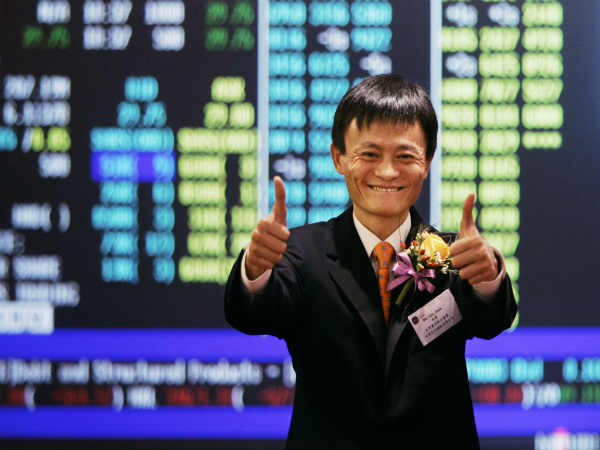
Overseas new users increased rapidly on Alibaba.com in 2015, particularly in Europe, America, and the Middle East. Domestic merchants on 1688.com spent much time online and CXT users spent 47 hours on average in receiving their first orders in 2015 according to Alibaba. Alibaba is predicted to keep growth in sales and users in 2016.
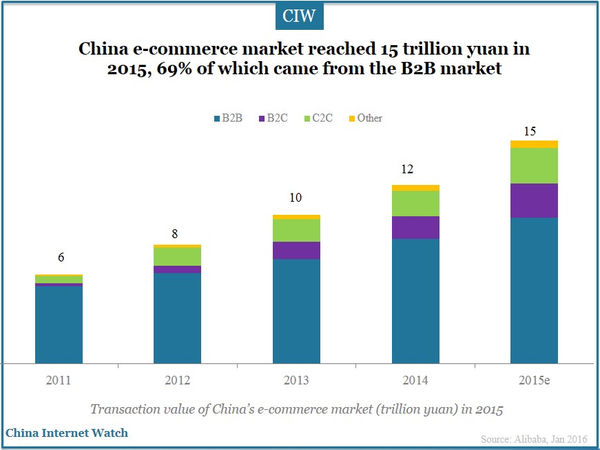
China e-commerce market reached 15 trillion yuan (US$2.3 trillion) in 2015 and 69% came from the B2B market. The ratio was four percentage points lower compared with 2014. As one of the leading global and domestic B2B platform, Alibaba delivered a good answer in 2015.
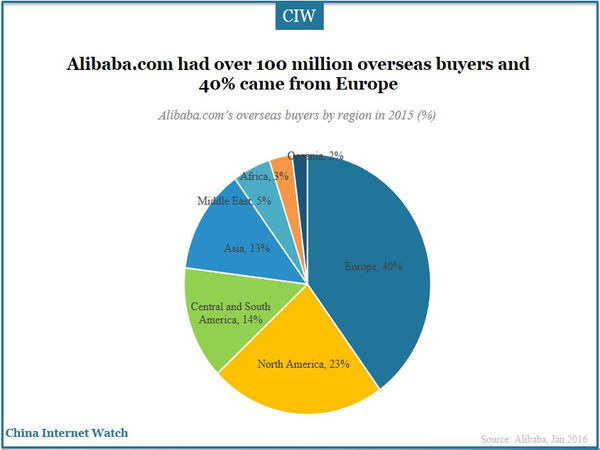
Alibaba.com had 1 million domestic suppliers and 250 thousand overseas suppliers. Among the 110 million buyers, over 100 million were overseas. Europe, North America, Central and North America had most buyers of Alibaba’s global B2B platform.
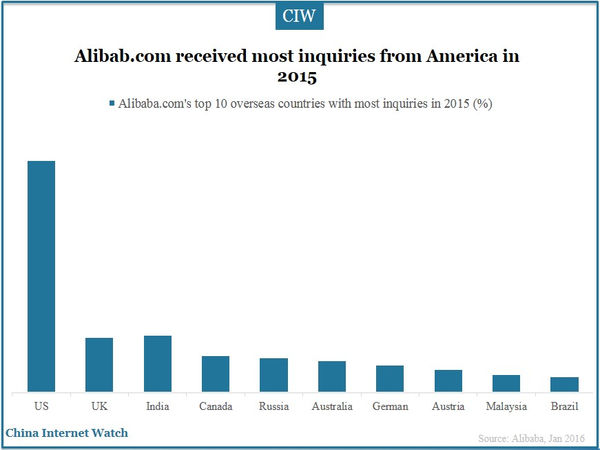
Alibaba.com which was the leading platform for global trade received most inquiries from America, UK, and India in 2015. America was the most important business partner of Alibaba.com in 2015.
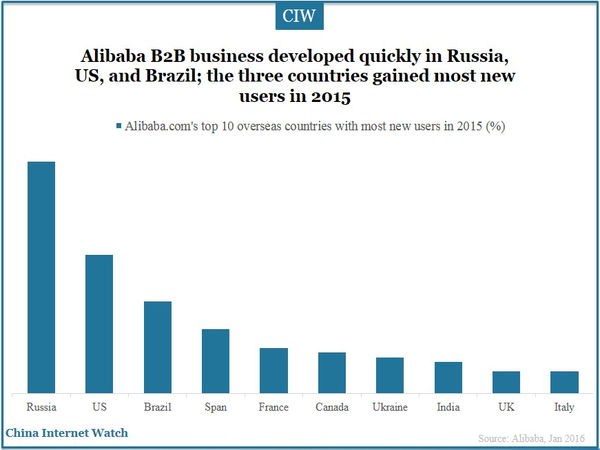
Alibaba.com’ business developed quickly in Russia, US, and Brazil in 2015. The three countries gained most new users in the last year. Broadening e-business market and improving delivery service drove the growth.
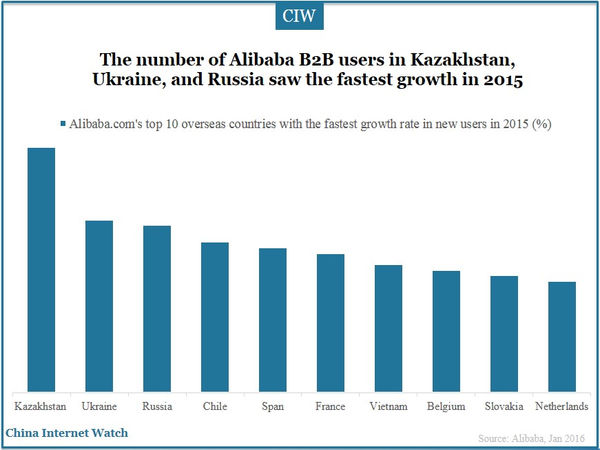
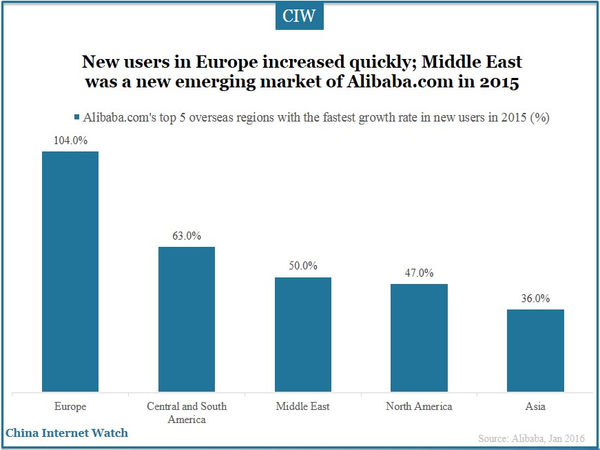
New users in Kazakhstan, Ukraine, and Russia increased most quickly in 2015. New users in Europe increased by 104%, the ratio was 63% in Central and South America, 50% in Middle East, 47% in North America, and 36% in Asia. Asia and North America were the engines of Alibaba Global website’s business.
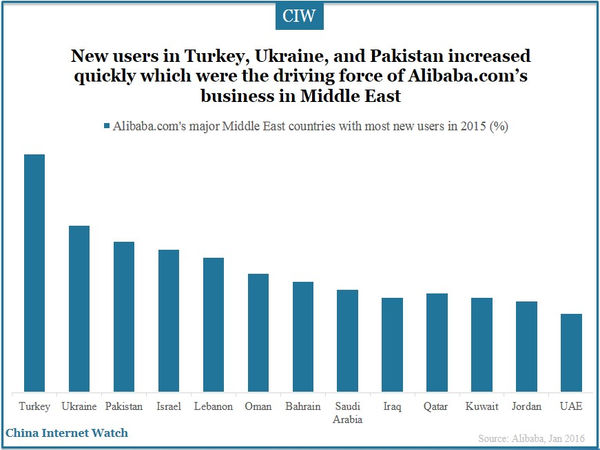
Middle East was a new emerging market of Alibaba.com in 2015. New users in Turkey, Ukraine, and Pakistan increased quickly which were the driving force of Alibaba’s business in the Middle East regions.
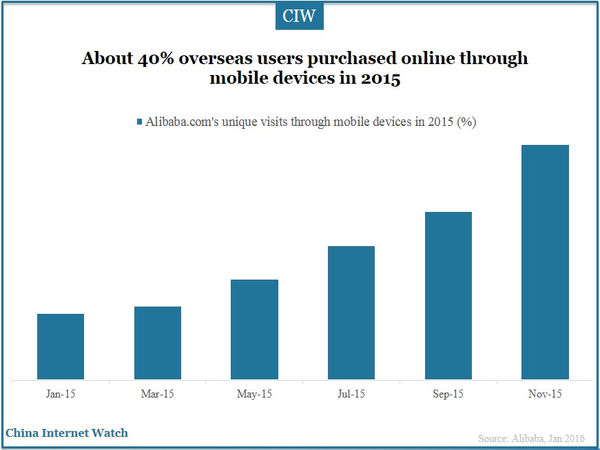
More users were used to shop through smartphones and tablets. China m-commerce retail market was predicted to reach US$334.0 billion in 2015. About 40% overseas users purchased on Alibaba.com through mobile devices in 2015.
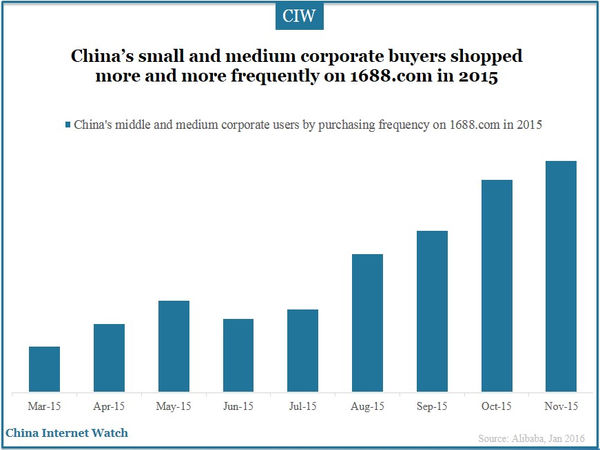
1688.com, Alibaba’s domestic B2B platform, aimed to help small and medium companies do business in China. China’s small and medium corporate buyers shopped more frequently on 1688.com in 2015.
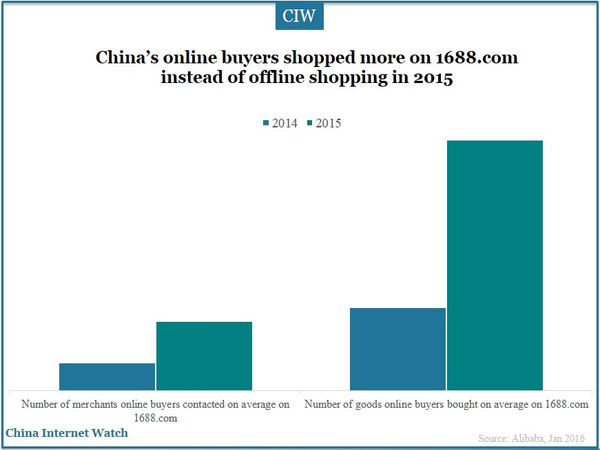
China online buyers shopped more online instead of offline shops in 2015 and over 20% were newly created demands. The number of goods shoppers bought online increased largely in 2015.
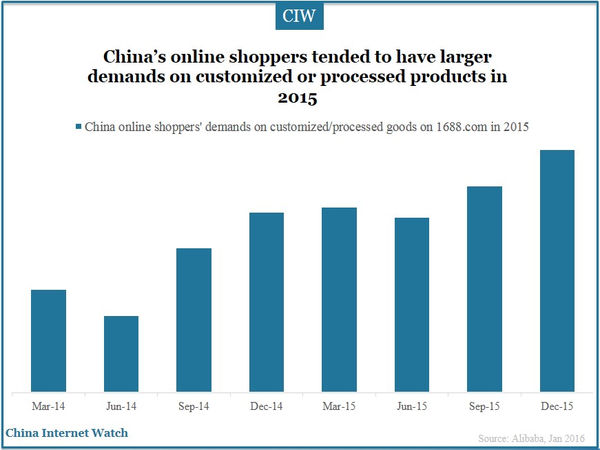
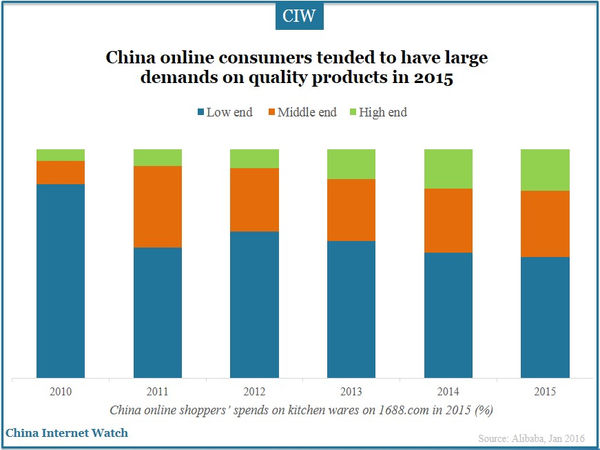
China’s online shoppers tended to pay more attention to quality rather than price and customized or processed products encountered larger demands in 2015. Users were more willing to spend money on middle and high end goods with kitchen wares as example. Price was not the only factor to attract China’s online shoppers and companies should manage to deliver quality products to the market to gain competitiveness.
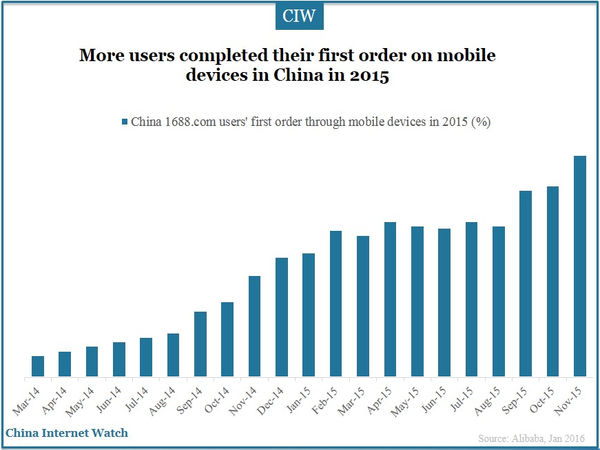
More 1688.com users finished their initial order through mobile devices in China. Online shopping platforms were and should be devoted to supply better mobile user experience to improve sales.
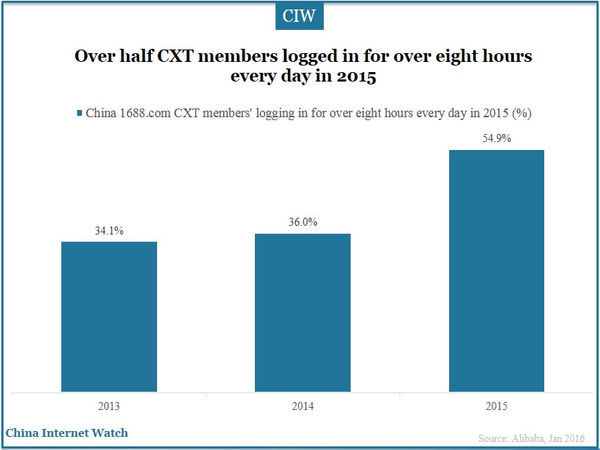
1688.com promoted CXT service to help small and medium companies have more exposures by utilizing special marketing tools. 54.9% CXT members logged in for over eight hours every day in 2015. The ratio was 18.9 percentage points higher than 2014.
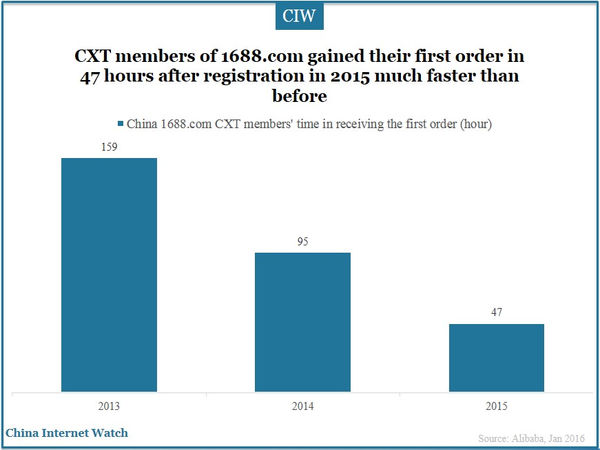
CXT users spent 47 hours on average in receiving their first order in 2015 which was less than half of 2014. New merchants could also have many opportunities on the platform.
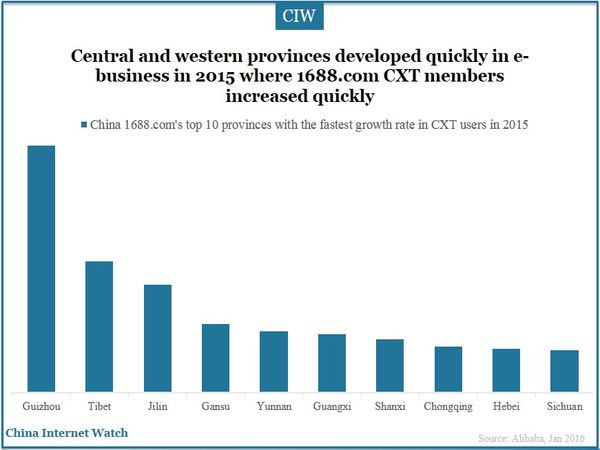
China central and western suppliers increased quickly on 1688.com. Tier-2 and below cities and rural regions were strategically important region for 168.com and Alibaba. Alibaba has invested in domestic delivery service in less developed cities and promoted China Spring Festival Shopping Fair to boost B2B business in rural regions.
Alibaba reported revenues of 22,171 million yuan (US$3,488 million) in Q3 2015, 20,245 million yuan (US$3,265 million) in Q2 2015, and 17,425 million yuan (US$2,811 million) in Q1 2105. With exploring overseas market and domestic rural market, Alibaba is predicted to keep promising in 2016.